Welcome to the breathtaking Italy volcanic landscapes! Nestled in the southern part of the country, Italy is home to three iconic volcanoes – Vesuvius, Etna, and Stromboli. These towering giants have shaped the land and captivated the imagination of explorers and adventurers for centuries. Whether you’re a nature enthusiast, a history buff, or simply seeking a unique travel experience, the volcanic landscapes of Italy offer a thrilling and awe-inspiring journey. In this article, we will delve into the rich history, natural beauty, and cultural significance of Vesuvius, Etna, and Stromboli. Get ready to embark on an unforgettable adventure through Italy’s volcanic wonders.
Overview of Italy’s volcanic geography

Italy’s volcanic geography is nothing short of extraordinary. The Italian peninsula is located at the meeting point of the Eurasian and African tectonic plates, resulting in a hotbed of volcanic activity. The country is blessed with a combination of ancient and active volcanoes, creating a diverse and dynamic landscape. From the awe-inspiring Mount Vesuvius near Naples to the towering Mount Etna in Sicily and the volcanic island of Stromboli, Italy offers a unique and captivating experience for nature enthusiasts and adventurers. The volcanic formations have also given rise to fertile soil, which has supported agriculture and shaped the cultural heritage of the region.
Significance of Vesuvius, Etna, and Stromboli

The volcanic landscapes of Vesuvius, Etna, and Stromboli hold immense significance for Italy and the world. Mount Vesuvius, known for its catastrophic eruption in 79 AD that buried the ancient city of Pompeii, serves as a reminder of the destructive power of volcanoes. Etna, Europe’s tallest and most active volcano, plays a vital role in shaping the landscape of Sicily and has provided fertile soil for agriculture. Stromboli, often called the “Lighthouse of the Mediterranean,” is renowned for its constant eruptions, attracting tourists and researchers alike. These volcanoes not only showcase the geological wonders of Italy but also have cultural, historical, and economic importance for the region.
Mount Vesuvius: The Infamous Volcano

Mount Vesuvius, located near the bustling city of Naples, is infamous for its cataclysmic eruption in 79 AD. The eruption buried the prosperous ancient city of Pompeii under layers of ash and pumice, preserving the city in remarkable detail. This natural disaster serves as a haunting reminder of the destructive power of volcanoes. Today, Mount Vesuvius continues to be closely monitored, as it poses a threat to the millions of people living in its vicinity. Its historical significance and the ongoing research conducted on its volcanic activity make Mount Vesuvius a captivating destination for both history enthusiasts and geologists alike.
History and eruptions of Mount Vesuvius
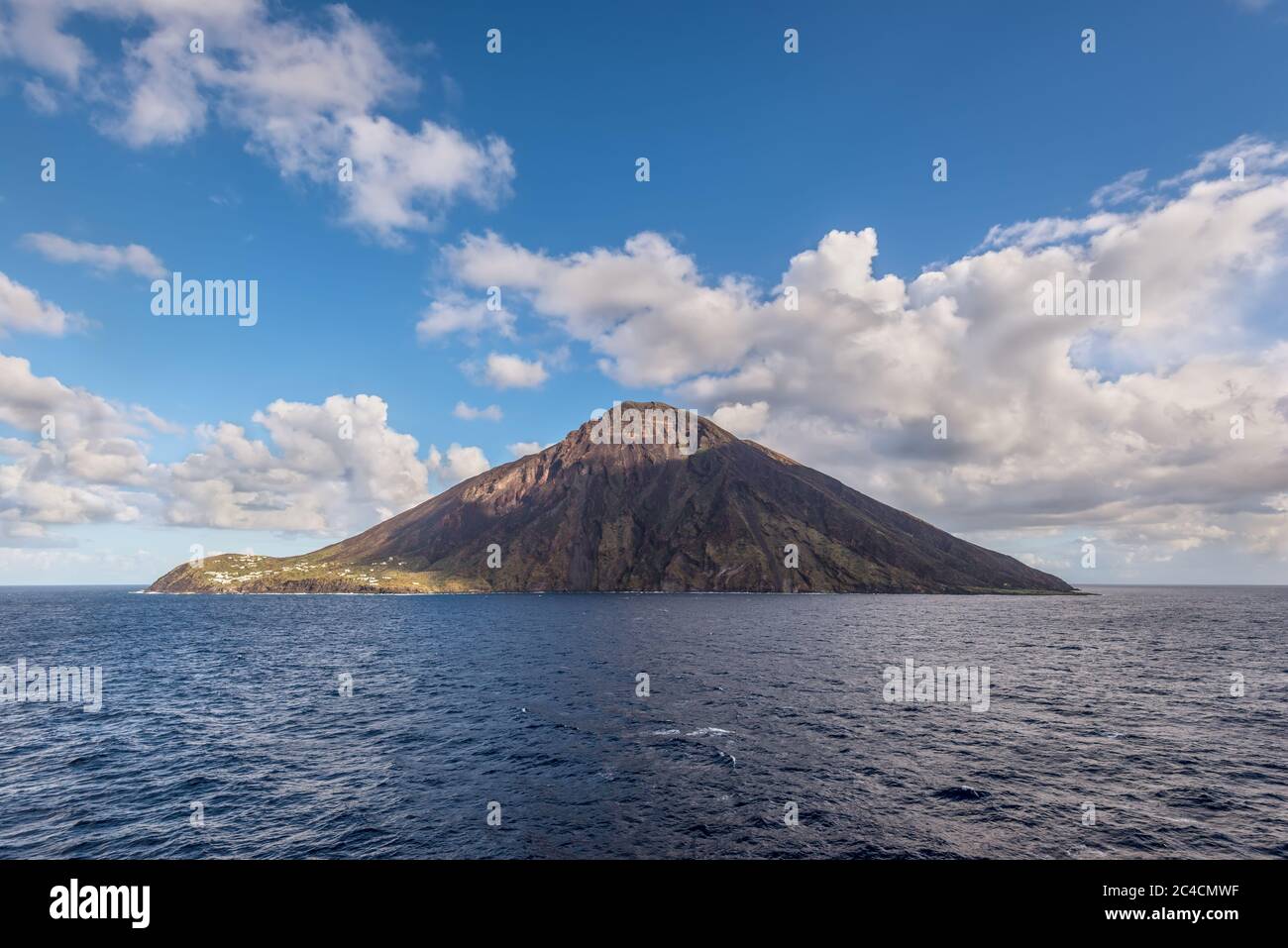
Mount Vesuvius has a long and devastating history. Its most famous eruption occurred in 79 AD when it unleashed a catastrophic blast that buried the ancient city of Pompeii. This eruption, along with subsequent ones in the following centuries, has shaped the landscape and the lives of those living near the volcano. The most recent eruption happened in 1944, causing significant damage to nearby towns and villages. The history of Vesuvius serves as a stark reminder of the power and unpredictability of volcanic activity.
Impact of Vesuvius on ancient and modern civilizations

The eruption of Mount Vesuvius in 79 AD had a profound impact on both ancient and modern civilizations. Ancient cities such as Pompeii and Herculaneum were completely buried under layers of volcanic ash, preserving them for future generations to explore and learn from. The preserved ruins provide a unique insight into the daily life, architecture, and culture of the ancient Roman world. The eruption also had a significant impact on modern scientific understanding of volcanoes and their eruptions. The study of Vesuvius has helped scientists better understand volcanic hazards and improve volcanic risk assessment and mitigation strategies. The rich history and scientific importance of Vesuvius make it a fascinating destination for historians, archaeologists, and volcanologists alike.
Mount Etna: Europe’s Tallest and Most Active Volcano
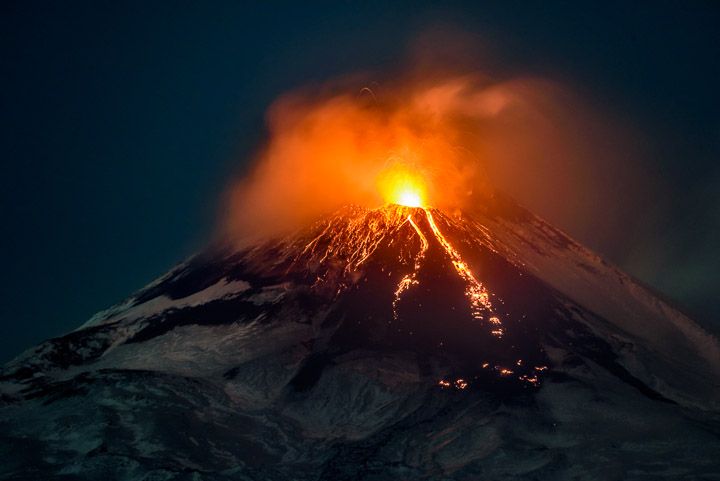
With its towering height and relentless volcanic activity, Mount Etna stands as Europe’s tallest and most active volcano. Rising to an impressive height of 3,329 meters (10,922 feet), the stratovolcano dominates the skyline of eastern Sicily. Its frequent eruptions are a mesmerizing sight, offering a unique opportunity to witness the raw power of nature. Etna’s volcanic activity has shaped the surrounding landscape, creating a diverse range of volcanic features such as craters, lava flows, and lava caves. The volcano also plays a crucial role in the geological studies of plate tectonics and volcanic processes. Whether you’re a nature enthusiast, adventure seeker, or simply a curious traveler, exploring Mount Etna is an exhilarating experience you don’t want to miss.
Features and geological significance of Mount Etna

Mount Etna is renowned for its remarkable features and geological significance. It is characterized by its towering height of 3,329 meters (10,922 feet), which makes it the tallest volcano in Europe. The volcano is known for its frequent eruptions, creating dramatic lava flows, craters, and lava caves. These volcanic features have shaped the surrounding landscape and have attracted scientists and geologists from all over the world. Mount Etna serves as a living laboratory for studying plate tectonics, volcanic processes, and the formation of new land. It continues to provide valuable insights into the Earth’s geological history.
Tourism and activities around Mount Etna
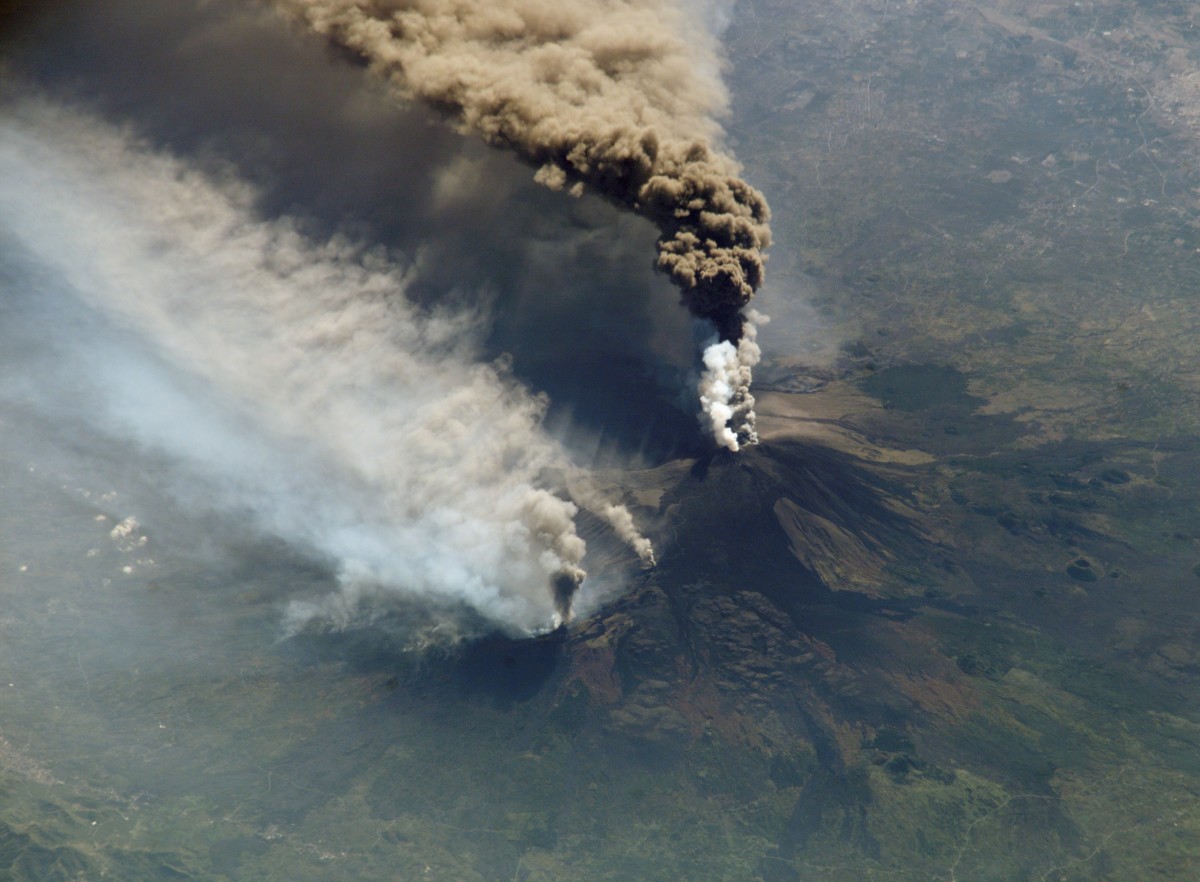
When visiting Mount Etna, there are plenty of tourism and activities for you to enjoy. You can take guided tours that will allow you to explore the volcanic landscape up close and learn about the geological processes at work. You can also hike along the numerous trails, offering breathtaking views of lava fields and craters. For a unique experience, you can even go skiing on the slopes of the volcano during the winter months. Additionally, there are wineries in the area where you can sample delicious wines produced from grapes grown in volcanic soil.
Stromboli: The Lighthouse of the Mediterranean

Stromboli, often referred to as “The Lighthouse of the Mediterranean,” is a unique and captivating volcano located in the Aeolian Islands of Italy. Known for its persistent and nearly continuous eruptions, Stromboli offers a mesmerizing display of spewing lava and ash, visible from miles away. Its eruptions are characterized by frequent bursts of incandescent rocks, creating a stunning natural fireworks display. The island itself is a picturesque paradise, with black sand beaches, crystal-clear waters, and charming white-washed houses. Visiting Stromboli allows you to witness the power and beauty of nature up close, making it an unforgettable experience.
Unique characteristics and eruptions of Stromboli

When it comes to unique characteristics, Stromboli stands out as one of the most active and continuously erupting volcanoes in the world. Its eruptions are characterized by frequent bursts of incandescent rocks, creating a stunning natural fireworks display. This continuous volcanic activity has earned Stromboli the nickname of “The Lighthouse of the Mediterranean.” The eruptions are visible from miles away and offer a mesmerizing spectacle for visitors. The island itself boasts black sand beaches, crystal-clear waters, and charming white-washed houses, adding to the captivating beauty of Stromboli. A visit to this volcanic wonder is an opportunity to witness the raw power and beauty of nature up close.
Fascinating natural beauty and wildlife on Stromboli Island
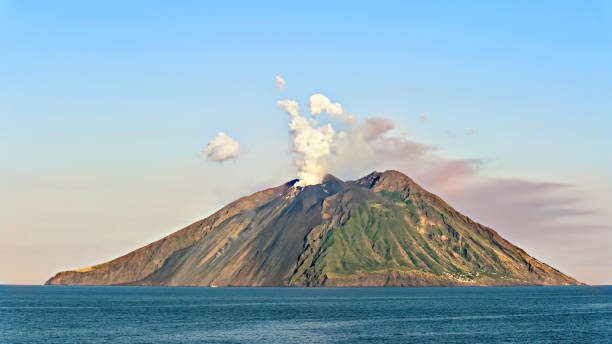
Stromboli Island is not only known for its active volcano but also for its captivating natural beauty and diverse wildlife. As you explore the island, you will be mesmerized by the rugged cliffs, black sand beaches, and crystal-clear waters that surround it. The lush vegetation on the island offers a haven for various species of flora and fauna, including rare bird species and wild rabbits. You may also spot dolphins swimming in the surrounding sea. The combination of the volcanic landscape and the thriving ecosystem makes Stromboli Island a truly unique and enchanting destination.
Contrasting Italy’s Volcanic Landscapes

Italy’s volcanic landscapes offer diverse and contrasting experiences. Mount Vesuvius, with its history of catastrophic eruptions, provides a dramatic backdrop against the picturesque city of Naples. Its ash-covered ruins and preserved artifacts give a glimpse into the ancient Roman civilization.
On the other hand, Mount Etna, Europe’s tallest and most active volcano, boasts a rugged and dynamic terrain. Its lunar-like landscapes, volcanic caves, and lava flows attract adventure-seekers and scientists alike.
Stromboli Island, with its active volcano and untouched beauty, offers a more serene and intimate encounter with nature. Its black sand beaches, lush vegetation, and diverse wildlife create a truly enchanting experience.
So, whether you seek history, adventure, or tranquility, Italy’s volcanic landscapes have something to offer for everyone.
Differences in volcanic activity and landscapes of Vesuvius, Etna, and Stromboli
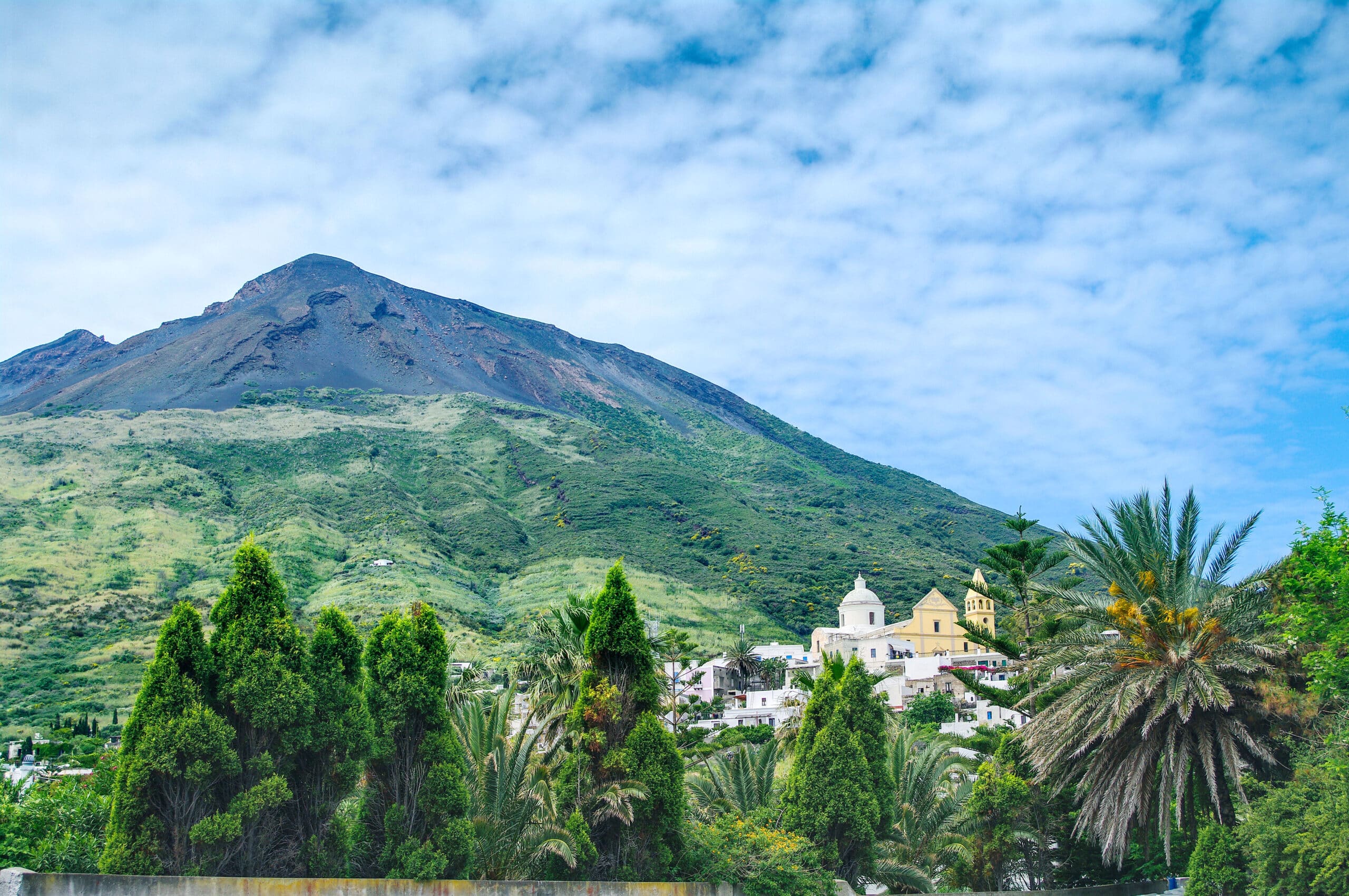
Italy’s volcanic landscapes offer a striking contrast in terms of volcanic activity and landscapes between Vesuvius, Etna, and Stromboli.
Vesuvius, known for its destructive eruptions, has a steep and symmetrical cone, with ash-covered ruins surrounding its base. In contrast, Etna showcases a more dynamic and rugged landscape, with its frequent eruptions creating new lava flows and lava tubes. Finally, Stromboli entices with its unique active volcano, where visitors can witness regular bursts of lava and experience the island’s untouched beauty, including black sand beaches and lush vegetation.
These distinct volcanic landscapes offer diverse experiences for those seeking both excitement and tranquility.
Cultural and historical importance of these volcanic sites

Italy’s volcanic sites, including Vesuvius, Etna, and Stromboli, hold immense cultural and historical significance. Vesuvius, with its devastating eruption in 79 AD, preserved the ancient cities of Pompeii and Herculaneum under layers of ash, providing a unique window into Roman life. Etna, Europe’s tallest volcano, has played a role in local folklore and traditions, with ancient Greek and Roman legends associated with its eruptions. Stromboli, known as the “Lighthouse of the Mediterranean,” has inspired artists, writers, and filmmakers with its mesmerizing fiery displays. These sites not only showcase the power of nature but also offer a glimpse into the rich heritage of Italy. So immerse yourself in the stories and history that lie beneath these volcanic landscapes.
Conclusion of Italy volcanic landscapes

Italy’s volcanic landscapes, featuring iconic volcanoes like Vesuvius, Etna, and Stromboli, offer a captivating blend of natural beauty, cultural significance, and historical importance. From frozen glimpses into ancient Roman life at Pompeii and Herculaneum to the mesmerizing fiery displays of Stromboli, these volcanoes hold a wealth of wonders waiting to be explored. Whether you’re fascinated by geology, history, or simply seeking breathtaking landscapes, Italy’s volcanic sites provide an unforgettable experience. So, pack your bags and embark on an adventure to discover the allure of Italy’s volcanic landscapes.
The allure of Italy’s volcanic landscapes

Italy’s volcanic landscapes, featuring iconic volcanoes like Vesuvius, Etna, and Stromboli, offer a captivating blend of natural beauty, cultural significance, and historical importance. From frozen glimpses into ancient Roman life at Pompeii and Herculaneum to the mesmerizing fiery displays of Stromboli, these volcanoes hold a wealth of wonders waiting to be explored. Whether you’re fascinated by geology, history, or simply seeking breathtaking landscapes, Italy’s volcanic sites provide an unforgettable experience. So, pack your bags and embark on an adventure to discover the allure of Italy’s volcanic landscapes.
Explore and experience the wonders of Vesuvius, Etna, and Stromboli
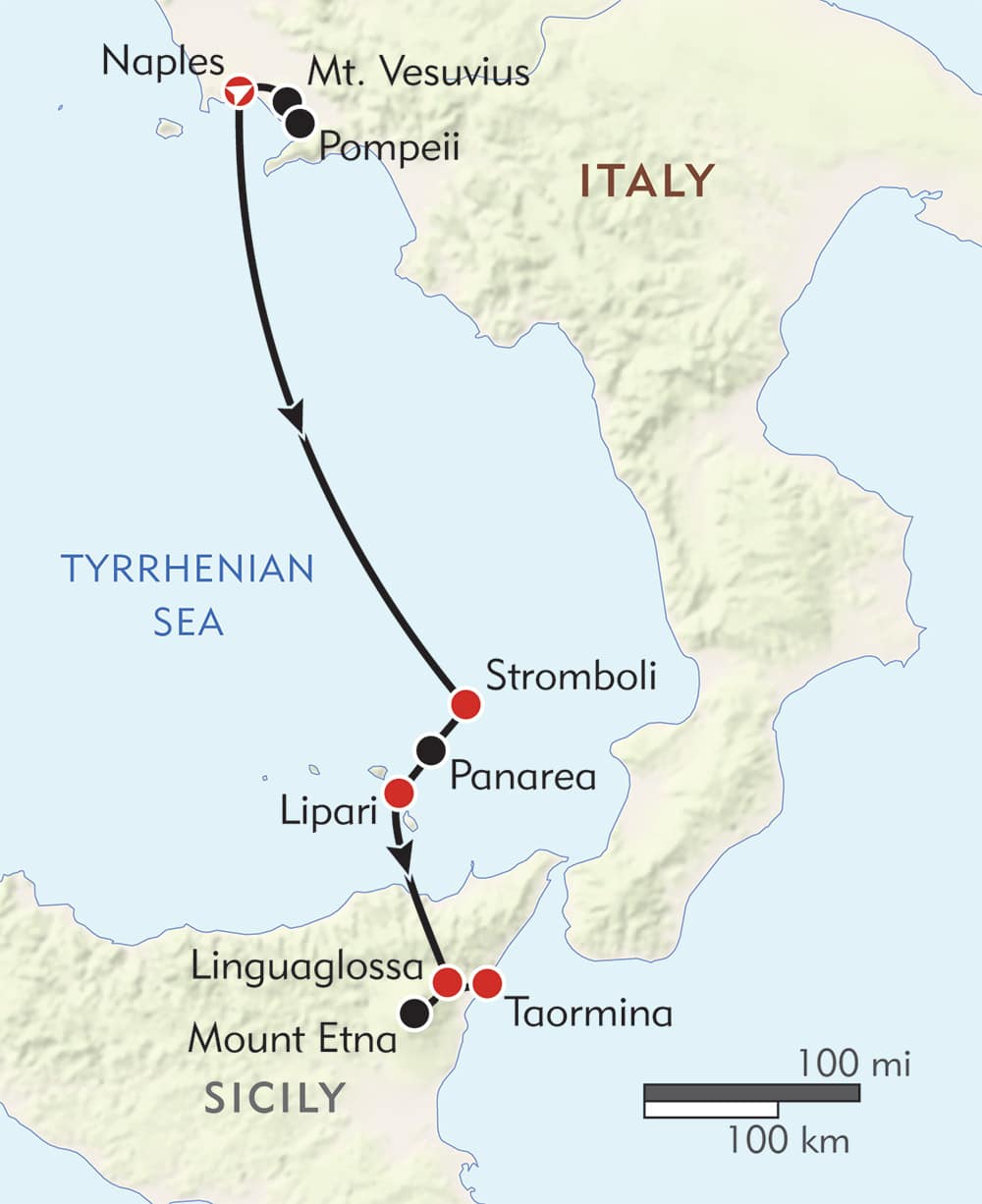
Embarking on a journey to explore the wonders of Italy’s volcanic landscapes is an experience like no other. Begin your adventure at Mount Vesuvius, where you can hike to the summit and marvel at the breathtaking panoramic views of the surrounding region. Witness the history and cultural significance of Pompeii and Herculaneum, frozen in time by the devastating eruption of Vesuvius. Next, head to Mount Etna and witness the raw power of nature as Europe’s tallest and most active volcano continues to shape the island of Sicily. Finally, visit Stromboli, the “Lighthouse of the Mediterranean,” and be mesmerized by its regular eruptions, lighting up the night sky. Whether it’s the geological wonders, historical sites, or captivating natural beauty, exploring Vesuvius, Etna, and Stromboli will leave you in awe and with memories to last a lifetime.
For More Blogs visit Hillw
